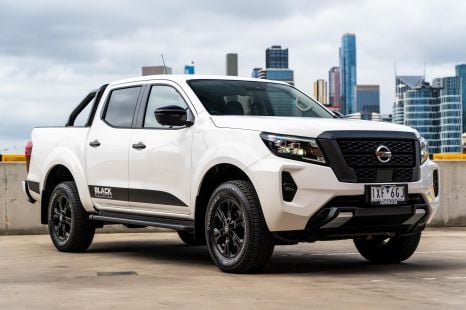

Josh Nevett
7.3
4 Days Ago
Mercedes-Benz's electric G-Class won't be built on an existing EV architecture and will have "phenomenal performance on and off the road".
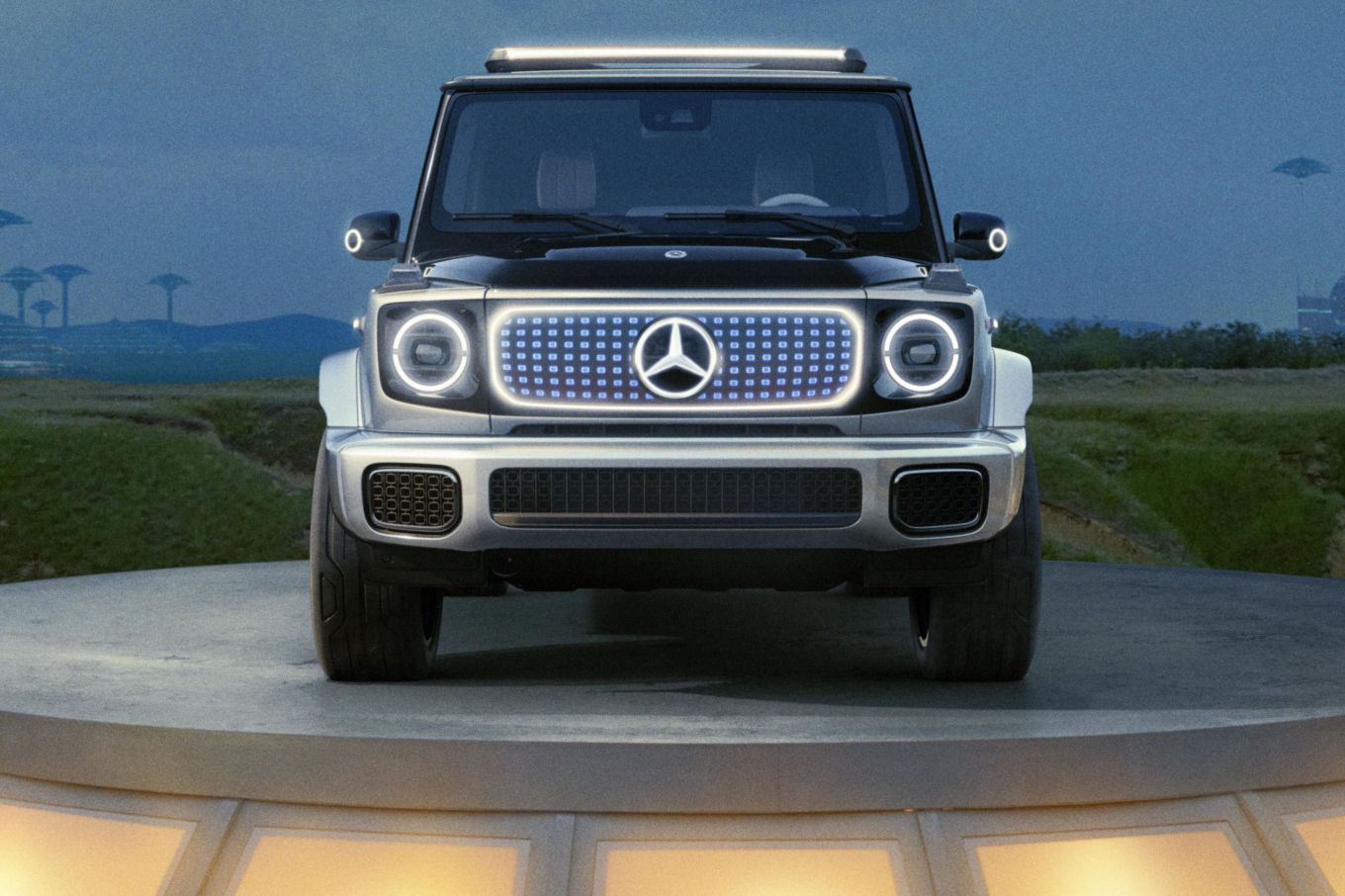
Mercedes-Benz‘s upcoming all-electric G-Class, due in 2024, won’t use any of Mercedes-Benz’s electric vehicle platforms and will offer “mind-boggling” off-road performance.
At this year’s Paris motor show, Ola Källenius, chairman of the board of management at Mercedes-Benz Group AG, told Motor Trend the Mercedes-Benz EQG will feature dedicated electric off-roader underpinnings.
This means the EQG won’t be based on the existing EVA platform that underpins the Mercedes-Benz EQE sedan and SUV, as well as the EQS liftback and SUV, nor will it use the upcoming MB.EA architecture.
It’s unclear whether it will use a version of the existing G-Class underpinnings, or whether it will use its own bespoke platform.
The upcoming SUV was previewed last year with the “near-production” Concept EQG.
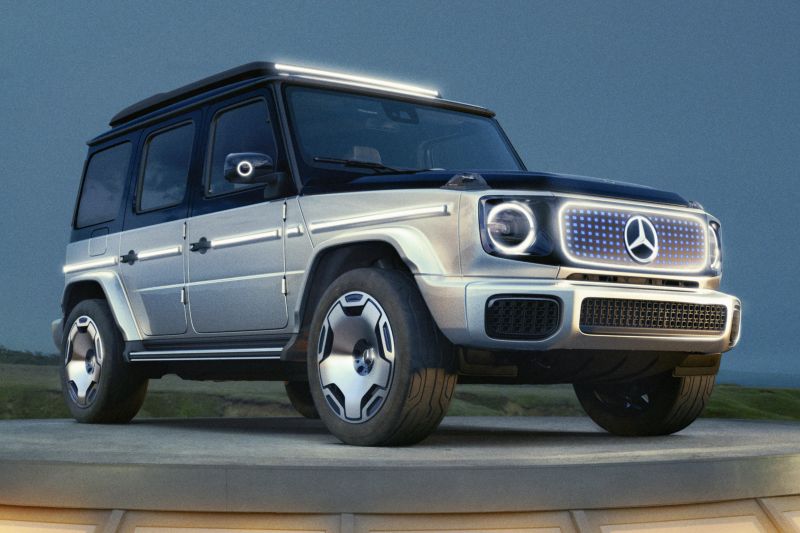
“It has cult status. It is unique. The G will remain a G,” said Mr Källenius.
“By definition with its off-road capabilities, it is not a platform, it is its own vehicle, full stop, and it will remain its own vehicle.”
Mr Källenius told Motor Trend that he recently had the chance to drive an early powertrain mule prototype at some off-road facilities near Graz, Austria.
“It was mind-boggling. I know I’m raising expectations here, but I was so excited stepping out of that car that I cannot wait for the electric G to come,” said Mr Källenius.
“It was so competent, so easy to ride in. It will have phenomenal performance on and off the road, coupled with the most energy dense battery we can find in a vehicle that is slightly aerodynamically challenged in terms of its drive co-efficient.”
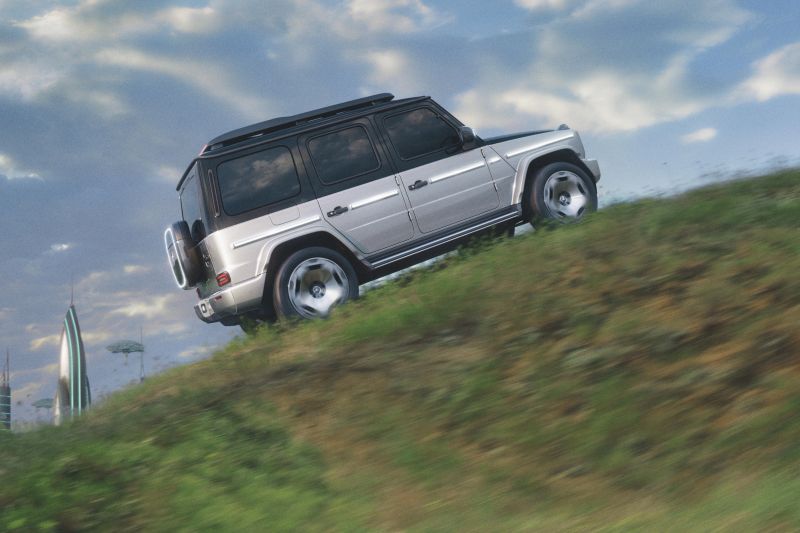
Mercedes-Benz hasn’t gone into much depth in regard to what the production EQG’s powertrain will be and what outputs it will produce. The Concept EQG was powered by four electric motors making undisclosed outputs.
Up front, it had fully independent suspension, while the rear had a new solid axle adapted to house the car’s electric motors.
Although low-down torque is already a strength of electric motors, Mercedes-Benz fitted a manually switchable two-speed transmission to the Concept EQG for what is likely to be an electric take on low-range.
As previously reported, Mercedes-Benz has confirmed the EQG will be optionally available with silicon-based electric vehicle (EV) battery technology manufactured by US startup Sila Nanotechnologies from 2025.
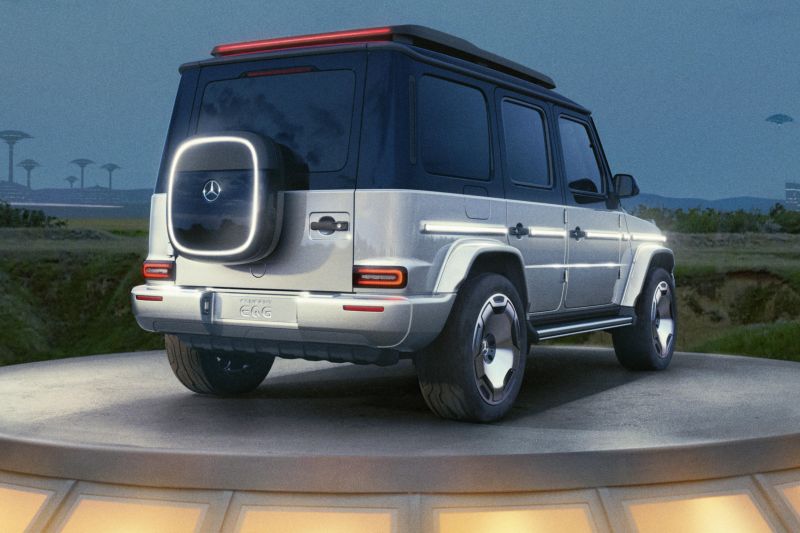
The company’s high-silicon anode material is claimed to have a 20 to 40 per cent increase in energy density compared to commercially available battery cells with a comparable format, with a volumetric energy density of more than 800Wh/L.
For context, the current Chinese-built Tesla Model 3 with its lithium iron phosphate (LFP) battery pack has a volumetric energy density of 359Wh/L.
Mercedes-Benz has also been working on other battery technologies, including solid-state batteries, which promise a smaller form factor with the potential of more range.
The company already has partnerships with solid-state battery companies such as ProLogium and Factorial Energy.

Mercedes-Benz electric vehicle architecture and development e-drive vice president Christophe Starzynski told Motor Trend a breakthrough with solid-state battery technology is expected in the second half of the decade.
Mr Starzynski also confirmed Mercedes-Benz is working on LFP batteries for entry-level vehicles, which are known for being cheaper to produce and safer than nickel-based batteries, but with less energy-dense cells and a shorter range.
Crucially, the risk of a battery fire is reduced as LFP batteries are less prone to overheating.
MORE: Mercedes-Benz Concept EQG revealed MORE: Mercedes-Benz G-Class EV to offer silicon battery technology
Take advantage of Australia's BIGGEST new car website to find a great deal on a Mercedes-Benz G-Class.
Jack Quick is an automotive journalist based in Melbourne. Jack studied journalism and photography at Deakin University in Burwood, and previously represented the university in dance nationally. In his spare time, he loves to pump Charli XCX and play a bit of Grand Theft Auto. He’s also the proud owner of a blue, manual 2020 Suzuki Jimny.


Josh Nevett
7.3
4 Days Ago
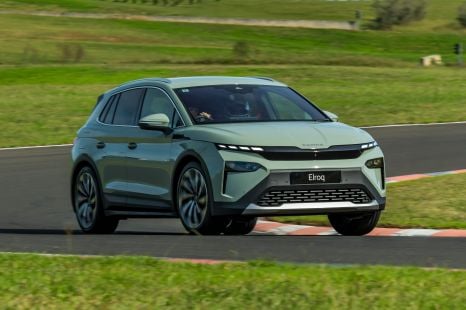

James Wong
3 Days Ago
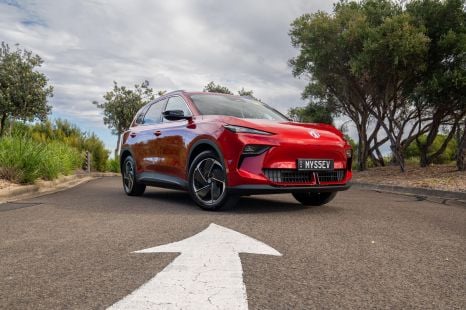

Andrew Maclean
3 Days Ago
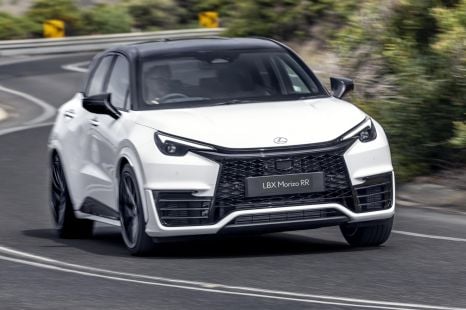

Josh Nevett
8
3 Days Ago
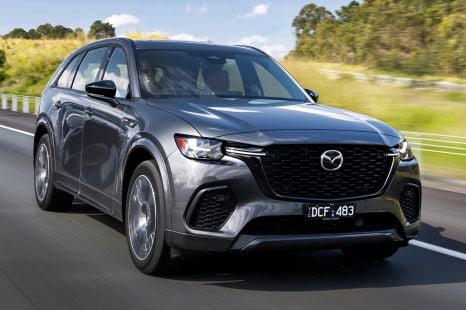

Jack Quick
7.9
2 Days Ago
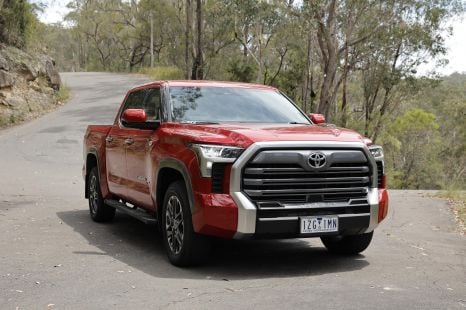

William Stopford
1 Day Ago